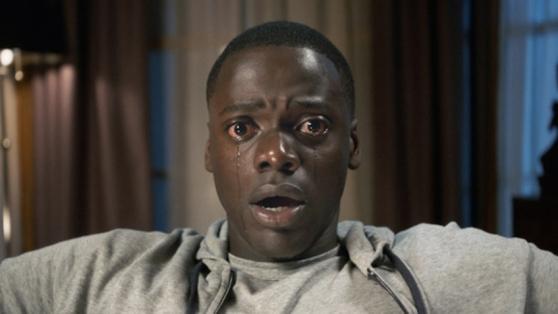
Teachers can engage students in the classroom by using popular musicians like Cardi B in their lessons.
I have always been an advocate for incorporating popular culture in the classroom. It’s a way to make what I am trying to teach immediately more relevant and engaging for my students.
Each year in my high school English class, when I introduce close reading followed by an analytical short response, I start with a current song from the Billboard Hot 100 as my anchor text. I tell my students that if I can write a scholarly analysis on Cardi B’s “Bodak Yellow” or Lil Nas X’s “Old Town Road” using the techniques and strategies that we reviewed, they should be able to write a scholarly analysis using an “actual” text, like a novel or short story.
In my classroom, “texts” can be lyrics, music videos, films, comics, TV shows, graphic novels or even YouTube videos. If you can analyze it by engaging in critical thinking, it is a text. Of course, I incorporate literature in my curriculum; however, I always make sure that for each piece of literature, I have at least two supplements from pop culture.

Teachers can engage students in the classroom by using movies like Get Out (2017) in their lessons.
For instance, when you hear the term “new historicism,” a branch of literary criticism, you most likely think of French philosopher Michel Foucault instead of Alfred Hitchcock’s “Psycho” or Jordan Peele’s “Get Out.” But after reviewing an extensive history of the American Dream and introducing my students to an excerpt from Hayden White’s “The Politics of Historical Interpretation: Discipline and De-Sublimation,” I asked them to examine clips from “Psycho” and “Get Out” using a new historicist approach to determine how the current events surrounding each film influenced its creation. The result? My students were able to compose an analytical essay in which they engaged in literary criticism.
In a later, self-paced project, my students watched two sitcom episodes — one modern and one “old” — that dealt with similar themes. They took notes focusing on literary devices that they observed, like irony, overstatement, sarcasm and incongruity. I asked them to examine the rhetorical situation in each episode and compose an essay that thoroughly examined each sitcom and explored the purpose of humor in American culture.
For their project, many of my students chose from the shows “Black-ish” and “The Fresh Prince of Bel-Air” a pair of episodes that focused on racial profiling. Multiple students expressed surprise that television shows addressed racial profiling even in the 1990s (the ’90s are a distant past to them!) — until they researched the rhetorical situation of the “The Fresh Prince of Bel-Air” episode and learned that the case of the Central Park Five had occurred close to the episode’s air date. On their own they concluded that there was a drastic shift in tone from “Fresh Prince” to “Black-ish.” They noticed that the “Black-ish” episode, which aired in 2016, was more somber, and they deduced that it perhaps derived from the perspective on race relations at that moment in the country’s history.
When we introduce a new topic to students, we are sometimes met with immediate discomfort. The skill or concept is foreign to them and, naturally, they feel uneasy and defensive. But by including pop culture in the curriculum, we can take what students know and allow it to grow.
Andriana Xenophontos is an English teacher and a model teacher at Martin Van Buren HS in Queens Village.